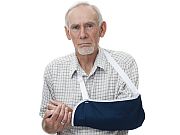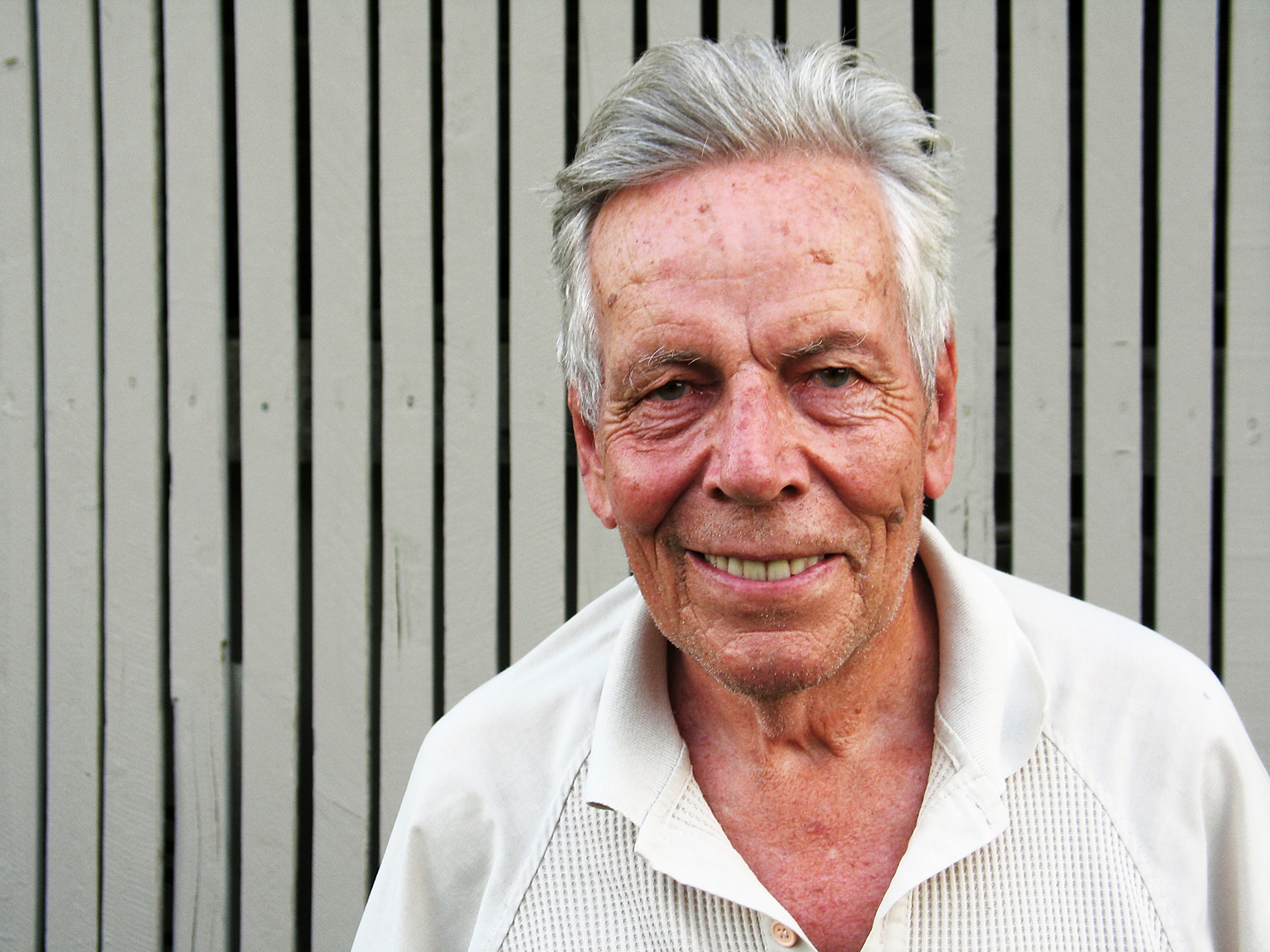
TUESDAY, May 19, 2015 (HealthDay News) — Dr. Maria Torroella Carney grew increasingly distressed as she watched how emergency response teams had to help older, frail people who were living alone evacuate their homes in the wake of Hurricane Sandy in 2012.
Then, the sad story of a suicidal 76-year-old man in the Queens borough of New York City convinced Carney, an expert in elderly health care, to take a closer look at the plight of this vulnerable population.
She tells the man’s story in her new report on the growing number of “elder orphans” in the United States, a phenomenon that’s largely the byproduct of the aging Baby Boomer generation.
The Queens man lived by himself and tried to slit his wrists with a razor. “He was an independent individual, never married, and over the month or two months prior had become more isolated and was unable to access care in the community,” Carney said.
Fortunately, a niece on the West Coast sought help when she couldn’t reach him, and the man was hospitalized. He was suffering from delirium and major depression, and had pressure sores on his back.
“Perhaps if someone in the community was connected to him, we could have prevented his hospitalization,” Carney said. “From the wounds, he had a lot of pain, a lot of suffering.”
But that kind of suffering doesn’t have to happen, Carney’s report noted: “We encourage the medical and social community to work cooperatively to actively screen and preemptively plan for these individuals in order to adequately prevent them from hiding and floundering in plain sight.”
Carney, who’s chief of geriatric and palliative medicine at North Shore-LIJ Health System in New Hyde Park, N.Y., calls her report “a call to action.”
“We need to really evaluate and assess the risk facing these individuals, and create programs, plans and strategies” to help elderly orphans, she said.
According to the report, U.S. Census Bureau statistics show that a third of people aged 45 to 63 in 2012 were single, up by half since 1980. And the percentage of women 40 to 44 without children has nearly doubled since 1980, reaching 19 percent.
Meanwhile, a report from the University of Michigan estimates that 22 percent of people in the United States over the age of 65 are either elder orphans or are at risk of becoming elder orphans.
Dr. Maria Raven, an emergency medicine physician and assistant professor of emergency medicine at the University of California, San Francisco, said it’s common to see elderly patients who have declined to the point where they can’t function on their own.
“The family may or may not be aware of it,” she said. “People end up on their own, with family checking in on them but not living with them.”
Problems like mental illness and dementia can rob older people of the “insight to understand they may not be able to live on their own,” Raven said. Illnesses, even ones that seem fairly minor, such as urinary tract infections, can also severely disrupt their thinking abilities through fever or low blood pressure, she said.
“An infection can tip someone over the edge, and make them delirious,” she said. “If you’re a younger person, you can get a fever and fight it off. If you’re older, it will affect your cognitive function more quickly.”
So what can be done to help elder orphans?
Carney calls for teams of community members, social workers, government agencies and health care providers to work together.
As for people who may fear being vulnerable themselves, she suggests they identify someone who will be their advocate — their health care proxy — in an emergency. “Complete advance directives, and see if you have benefits that might help you in time of need,” she said. “Do you have long-term care insurance, benefits that will help you? Keep everything within easy access and share it with someone you trust.”
Carney’s report was presented recently at the American Geriatrics Society annual meeting, in Washington, D.C.
More information
Visit the U.S. National Institute on Aging for more on the health issues facing older people.
Copyright © 2025 HealthDay. All rights reserved.

